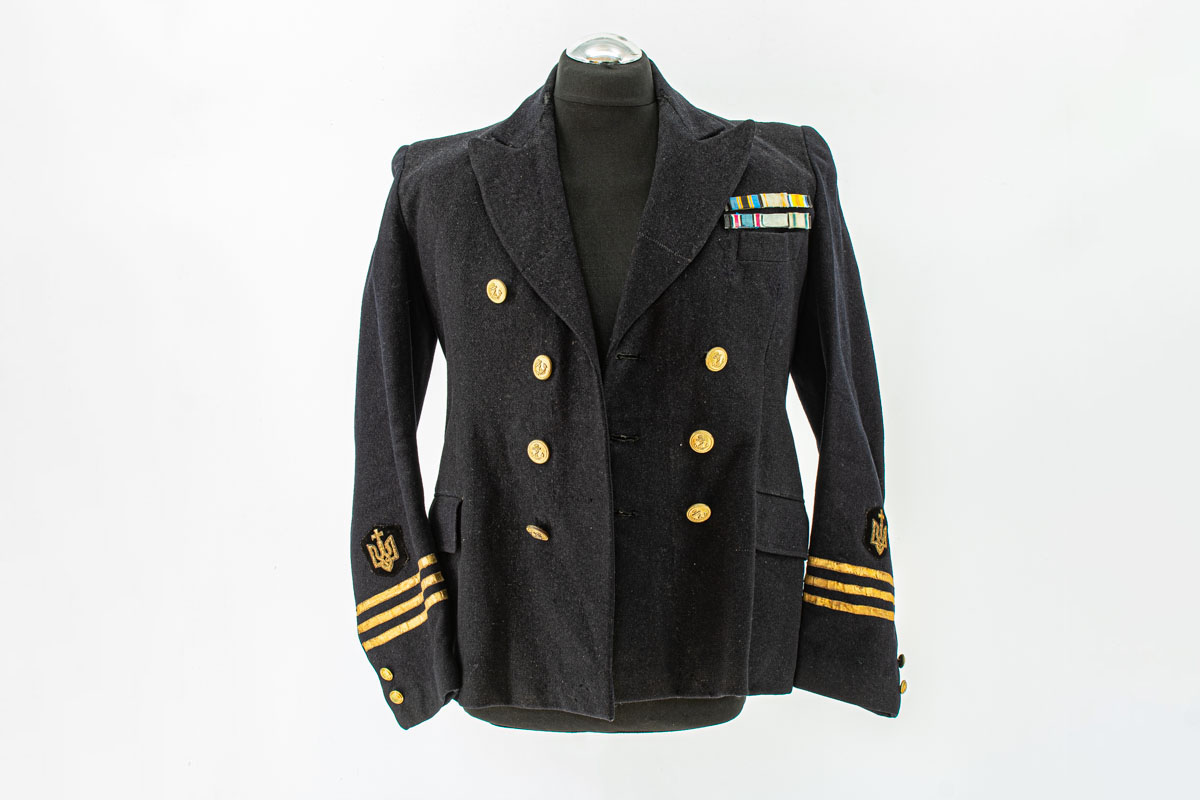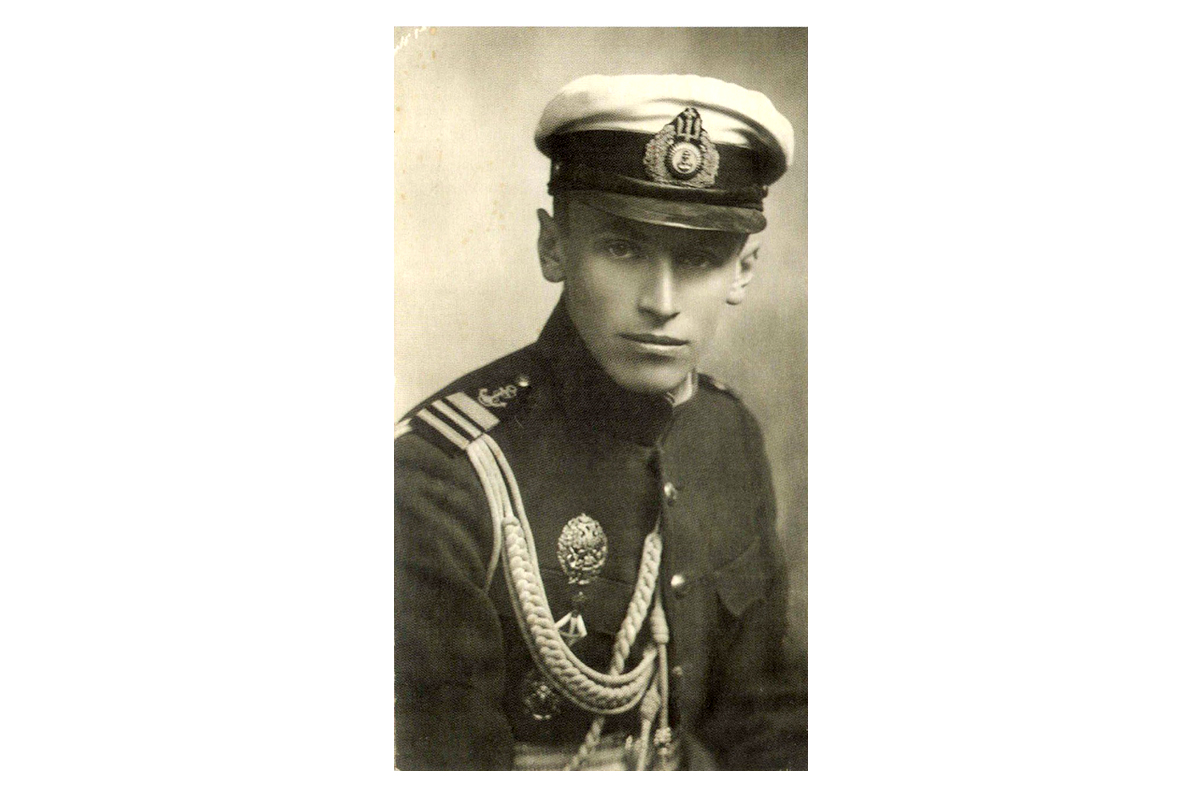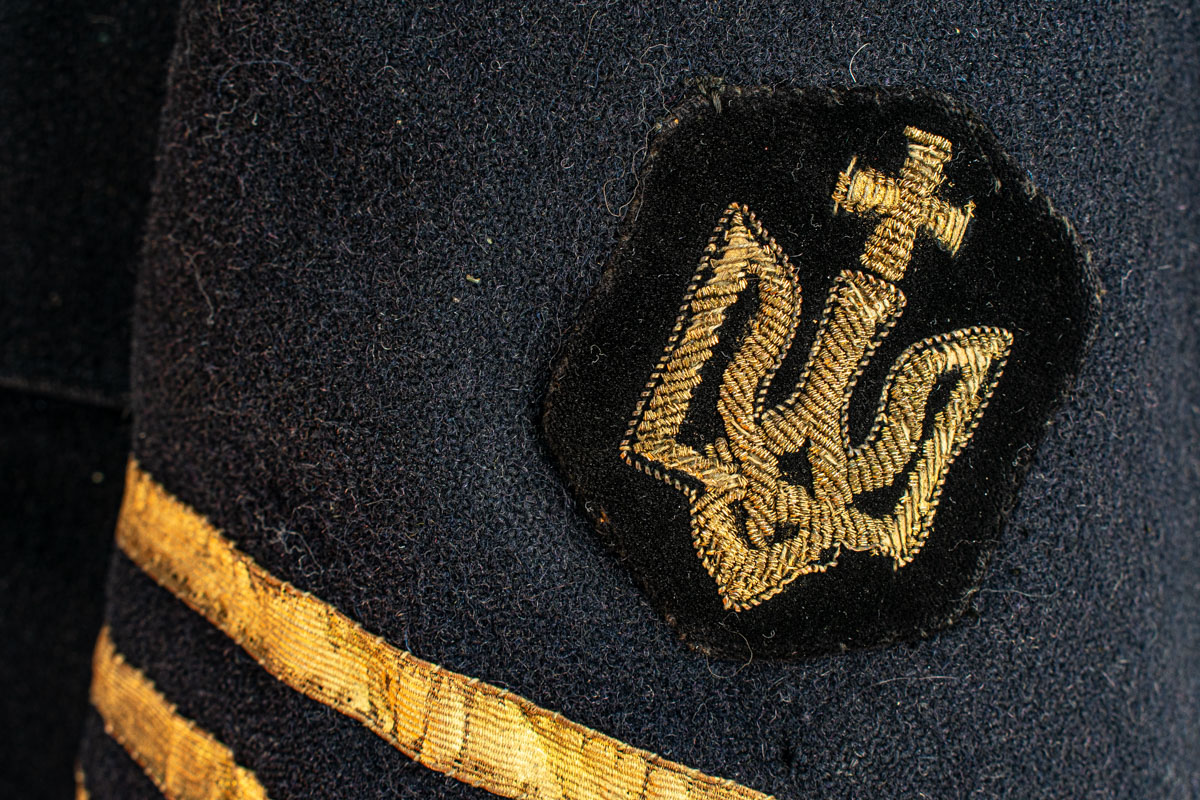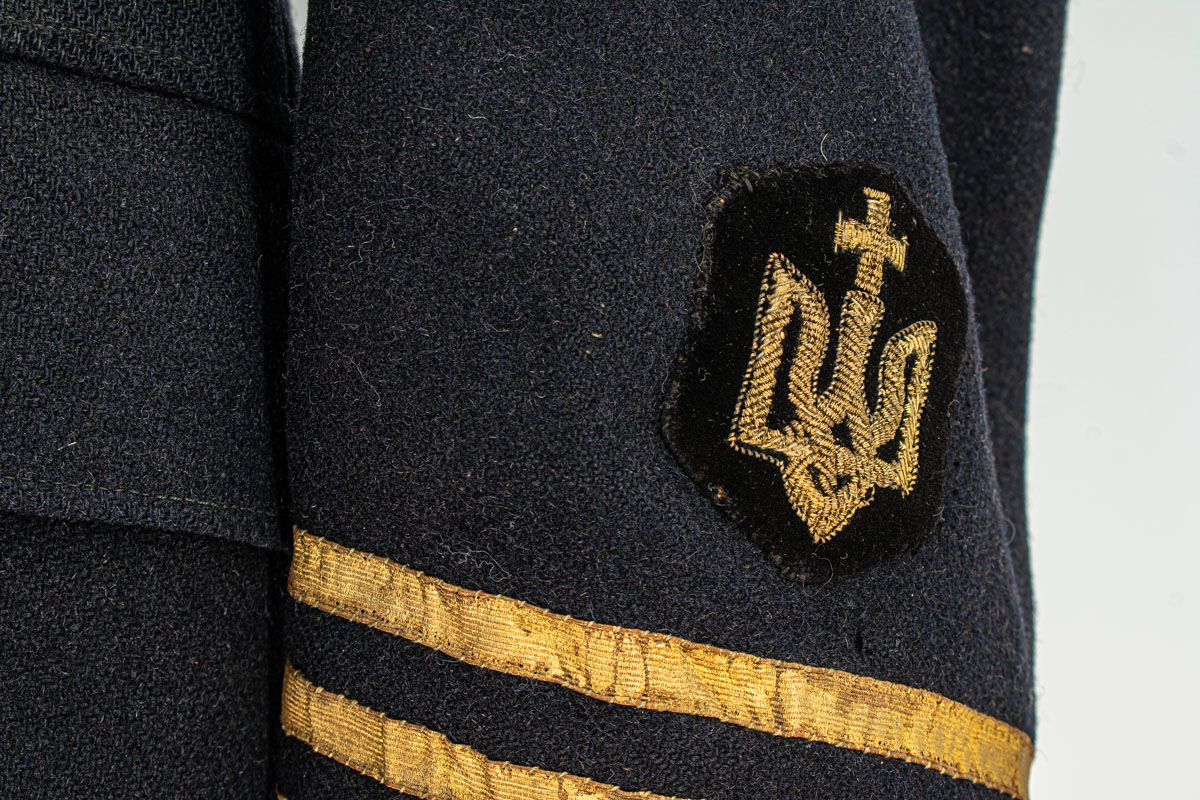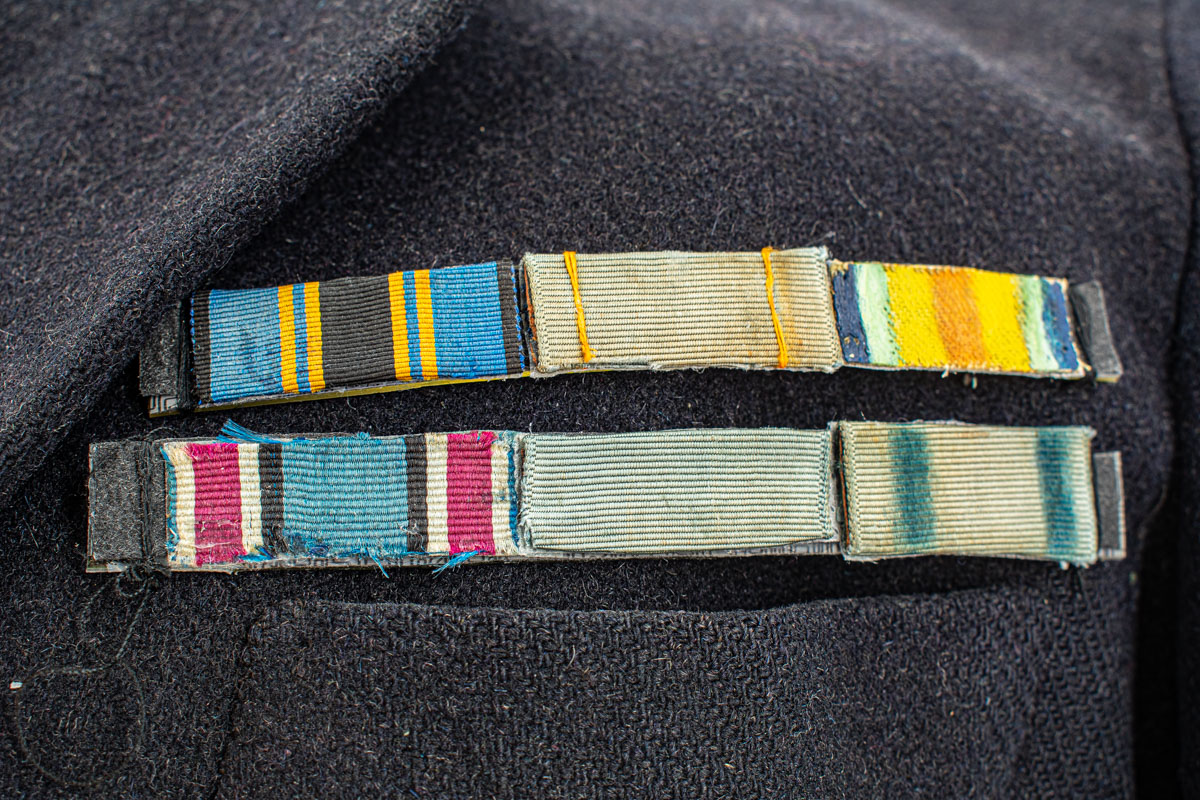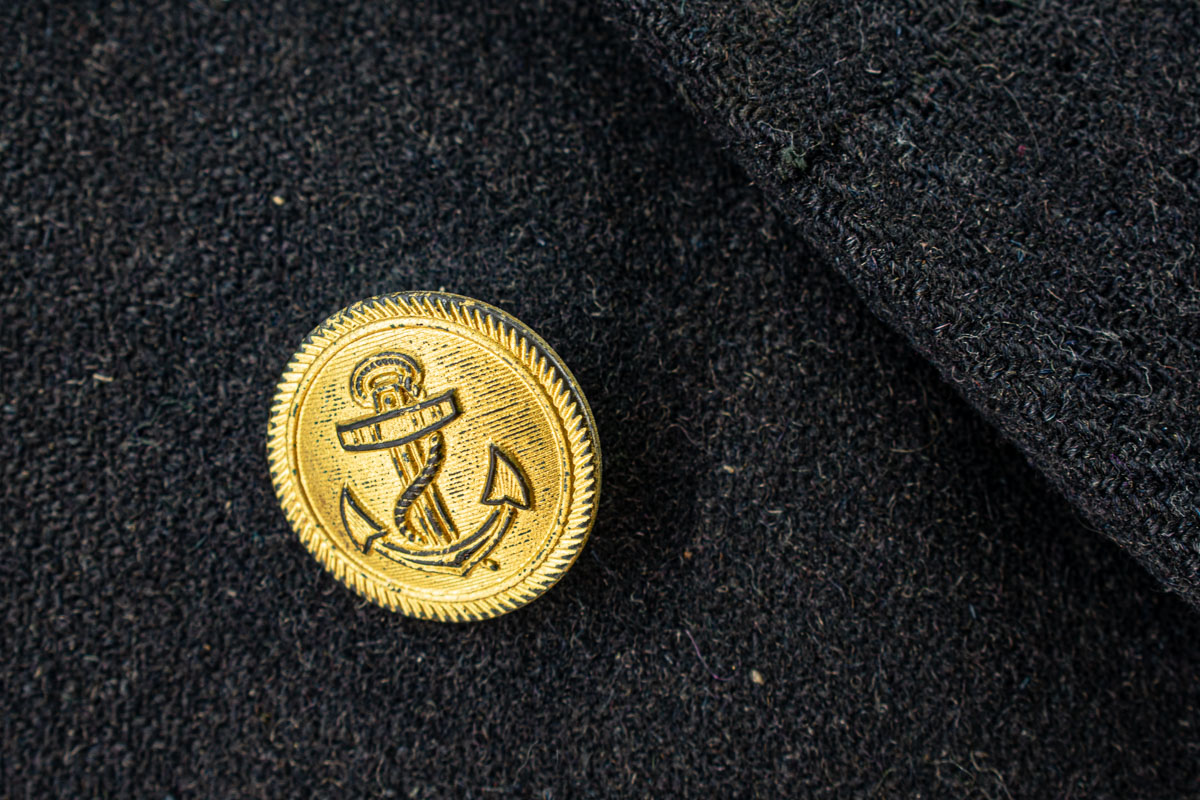The fateful events of 2013-2014, and especially the large-scale Russian invasion, clearly highlighted the mismatch of the domestic vision of the Second World War towards the context of national progress. Despite innovative changes in historiography and all efforts of Ukrainian cultural diplomacy, the dominant vision of that war in the Western world is still viewed through the Russian lens. As a result, the role and place of our compatriots in the greatest military catastrophe for many countries remains a dark spot. Moreover, Ukrainians themselves are deprived of this vision in its holistic form.
It is clear that the categories "1939-1945", especially "1941-1945", turn the picture of the Second World War into a linear set of dates and facts, eliminating the basic opportunity to understand the origins and consequences of the war as a process. Thus, such questions take us far beyond the specific period, back to the times of the First World War, and even place us at the crossroads of the current Russian-Ukrainian confrontation.
In this discourse, in 2019, the Museum team realized a significant exhibition about the path to independence through the centuries, "Ukraine. An Unfinished War...". In 2021, an impressive international project, "Forever free Ukraine!" was presented in the Memorial exibition space. Its authenticity, related to the "national upheaval" of 1917-1921, indirectly emphasized the further fate of Ukrainians in the Second World War – a stateless people forced to fight in the ranks of various armies on both fronts, suffering from the lawlessness of occupations marked by the destruction of identity or fleeing for their lives. The homeland lands became the object of great geopolitics – the so-called "Ukrainian question."
Of course, the Museum collection had a limited number of artifacts from the period of the Great War and the Liberation Struggles. A turning point in the fundamental redefinition of our institution came in 2022, when the Ukrainian Free Academy of Sciences in the USA transferred a unique personal collection of Sviatoslav Shramchenko to the country in the midst of the active phase of the large-scale invasion. Among the items were hand-made reconstructions of the officer uniforms of the naval forces of the Ukrainian People’s Republic and the Ukrainian State.
A prominent military and public figure of the Ukrainian Revolution era. Together with Mykhailo Bilinsky, he pioneered the Ukrainization of the Baltic Fleet of the Russian Empire. As an official of the Ministry of the Navy of the UPR / Ukrainian State, he was involved in legislation, the development of national naval identity – flags, insignia, and more. The age-old activity of domestic sailors, like Shramchenko, completely undermines the Kremlin’s claims about the "Russian Crimea" and the "Black Sea Fleet as the pride of Muscovy." After the temporary loss of statehood, while in exile, the officer continued his national work – historian, reenactor, writer, public figure.
Understanding the Ukrainian context of the Second World War is inseparably linked to the national construction of the first half of the 20th century. Moreover, a large number of active representatives of the Ukrainian liberation movement, who survived in the crucible of armed struggle, formed the face of the Ukrainian diaspora, which to this day consistently fights for statehood, an integral part of the national military chronicle of the 20th-21st centuries.
